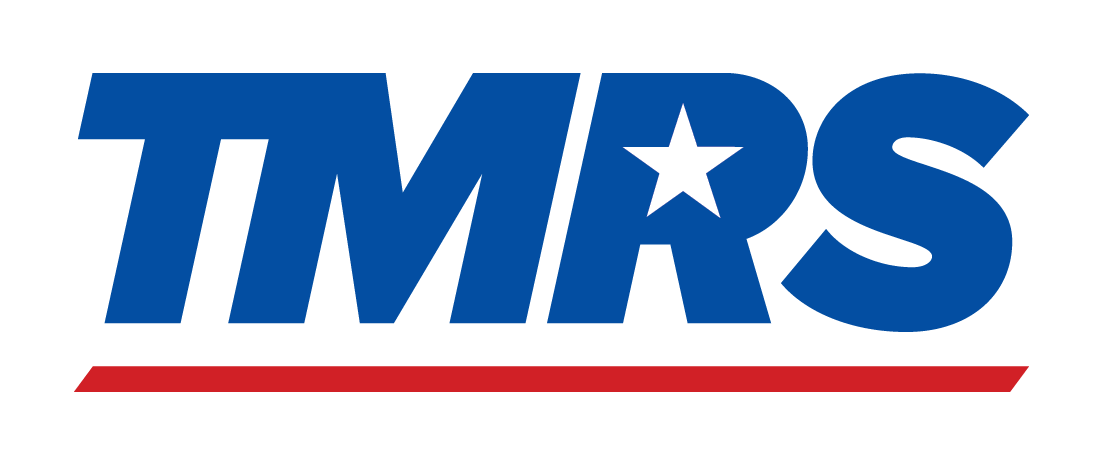Overview
TMRS is a statewide retirement system with more than 930 participating cities that provides retirement, disability, and survivor benefits to over 210,000 active members, retirees and their beneficiaries.
Description
- TMRS is a voluntary, cash-balance retirement plan for Texas cities
- TMRS’ largest cities are San Antonio, Arlington, Corpus Christi, Plano and Laredo
- TMRS does not receive any state funds and does not administer a health care plan
- During their employment, city employees contribute a percentage of their salary on a pre-tax basis to their TMRS account that earns interest annually
- A Member’s retirement benefit is based on their account balance at retirement, city matching contributions and other city credits
Flexible
- Each participating city chooses from a menu of options to design a retirement plan to meet its needs
- TMRS calculates each participating city’s actuarial assets, liabilities and funded ratio every year
- Each participating city can prospectively modify its benefits to control costs
Plan Features
- TMRS’ Investment Return Assumption is 6.75%
- Member’s retirement benefits are advance funded during the Member’s city employment
- All participating cities must pay their actuarially required contribution annually
- Unfunded liabilities are amortized over no more than 20 years
Assets
Trust Fund assets totaled $35.5 billion as of 12/31/2022.
Funded Status
The funded status (ratio) of TMRS, as a system, was 89.7% as of 12/31/2022.
| 2014 | 2015 | 2016 | 2017 | 2018 | 2019 | 2020 | 2021 | 2022 |
|---|---|---|---|---|---|---|---|---|
| 85.8% | 85.8% | 86.3% | 87.4% | 87.1% | 88.0% | 89.5% | 90.5% | 89.7% |
Investment returns (as of 12/31/2022; Net of Fees)
| 1-year average | 3-year average | 5-year average | 10-year average | 20-year average | 30-year average |
|---|---|---|---|---|---|
| -7.35% | 4.10% | 4.81% | 5.98% | 6.13% | 7.97% |
2022 Benefits Paid
- TMRS paid $1.78 billion in benefits
- TMRS paid retirees and beneficiaries an average annual retirement benefit of $20,433
